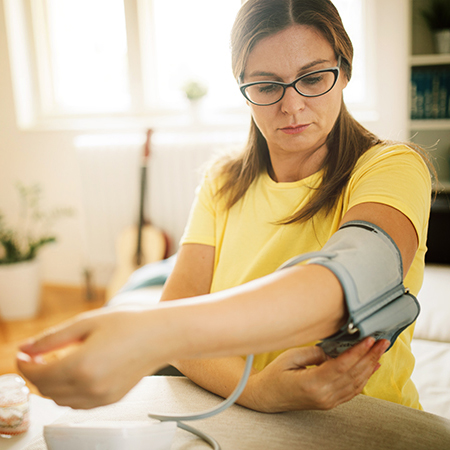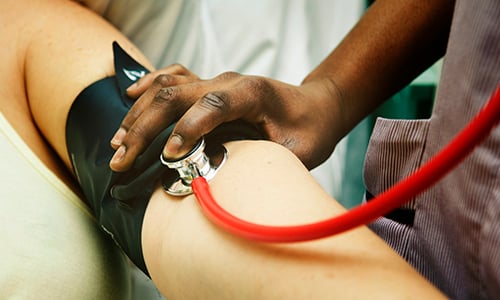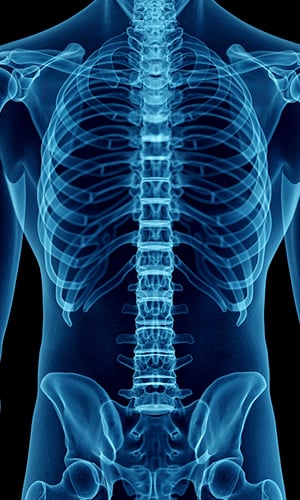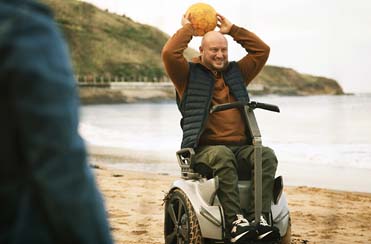If you think you may be experiencing autonomic dysreflexia, it’s a serious medical condition, so acting promptly is essential. Learn what to do if you experience this issue.
Autonomic dysreflexia (AD) can occur for some people with a spinal cord injury with dire consequences—stroke, seizure, or cardiac arrest. It can happen when autonomic dysreflexia triggers cause your body to overreact to many different types of stimuli below your spinal cord injury. Your autonomic nervous system can send your blood pressure spiking to dangerous levels.
Take these steps first with signs of autonomic dysreflexia
You and your caregiver should have a blood pressure monitor easily accessible from your home (and know how to use it). If you have elevated blood pressure and a lower heart rate—and your spinal cord injury is T6 or above, or between T-6 and T-10—you may be experiencing autonomic dysreflexia. Look for the common warning signs and symptoms as well, which may start with a pounding headache, sweating, and feeling flushed.
If you or your caregiver suspect that you are experiencing autonomic dysreflexia:
1. Change your body position: Sit up or raise the head to 90 degrees and lower your legs, if possible.
2. Loosen or remove anything tight: Check for any clothing or items that may be too tight or constrictive, including the area around your genitalia.
3. Check blood pressure every 5 minutes: If your spinal cord injury is above T6, often your normal systolic blood pressure is in the 90–110 mm Hg range.
· Adults: A reading of 20-40 mm Hg above baseline may be a sign of AD
· Adolescents: A reading of 15- mm Hg above baseline signals possible AD
· Children: A reading of 15 mm Hg above baseline potentially indicates AD
4. Focus on the three main stimuli areas: Bladder, bowel, and skin-related issues are the most common causes in people with a spinal cord injury. Check these areas for specific stimuli to try to pinpoint.
5. Be aware that symptoms may not resolve immediately: Once you find the cause and fix it, if possible, symptoms like a pounding headache, a flushed feeling, and profuse sweating may not subside immediately and may even get worse.
When signs of autonomic dysreflexia warrant a trip to the ER
There are many triggers for autonomic dysreflexia that can be easily resolved at home, such as an overfilled catheter pouch, a blocked or kinked catheter hose, or something hard or sharp pressing against your skin below your level of injury. However, if you cannot find the cause or something more serious below your spinal cord injury location is causing the problem—a bladder infection, broken bones or fractures, severe burns, other trauma—go to your nearest ER immediately.
If you do go to the ER, the physician may not be familiar with spinal cord injury ailments and this lesser-known condition. It’s a good idea to carry an AD wallet card with life-saving information for ER medical teams. The Christopher and Dana Reeve Foundation offers an autonomic dysreflexia wallet card for at-risk people with a spinal cord injury that you should download, print, and carry with you at all times in case of an emergency.
References:
- Reeve Foundation Guide, pp 82-83 - English-PRG-2017_Smaller.pdf









